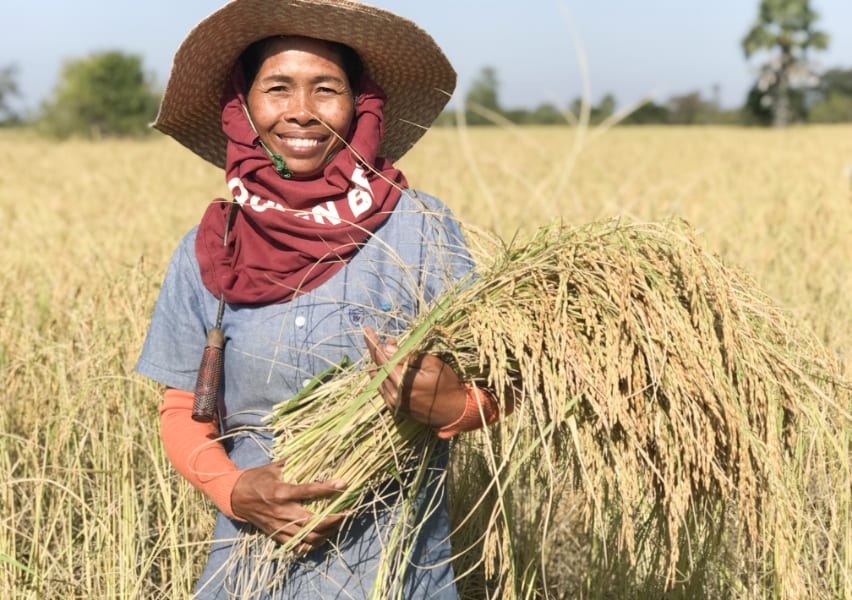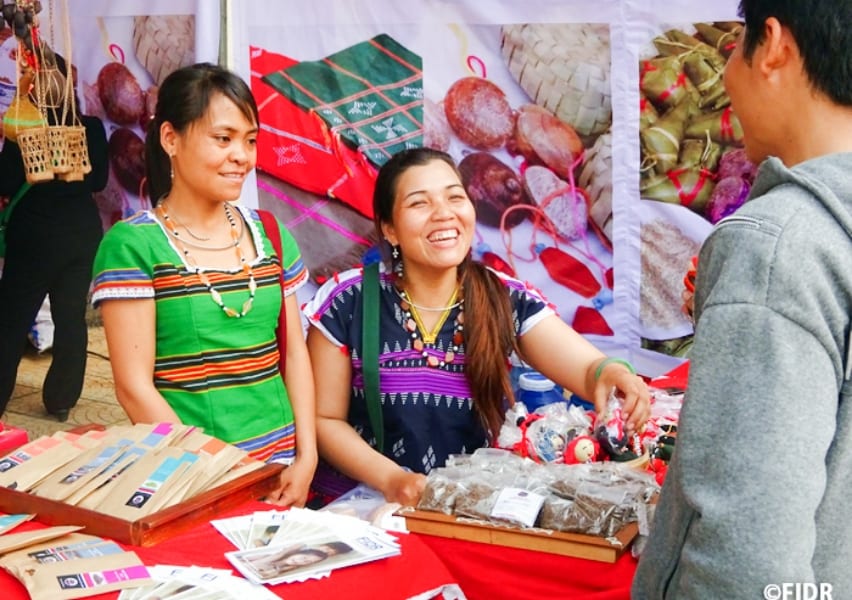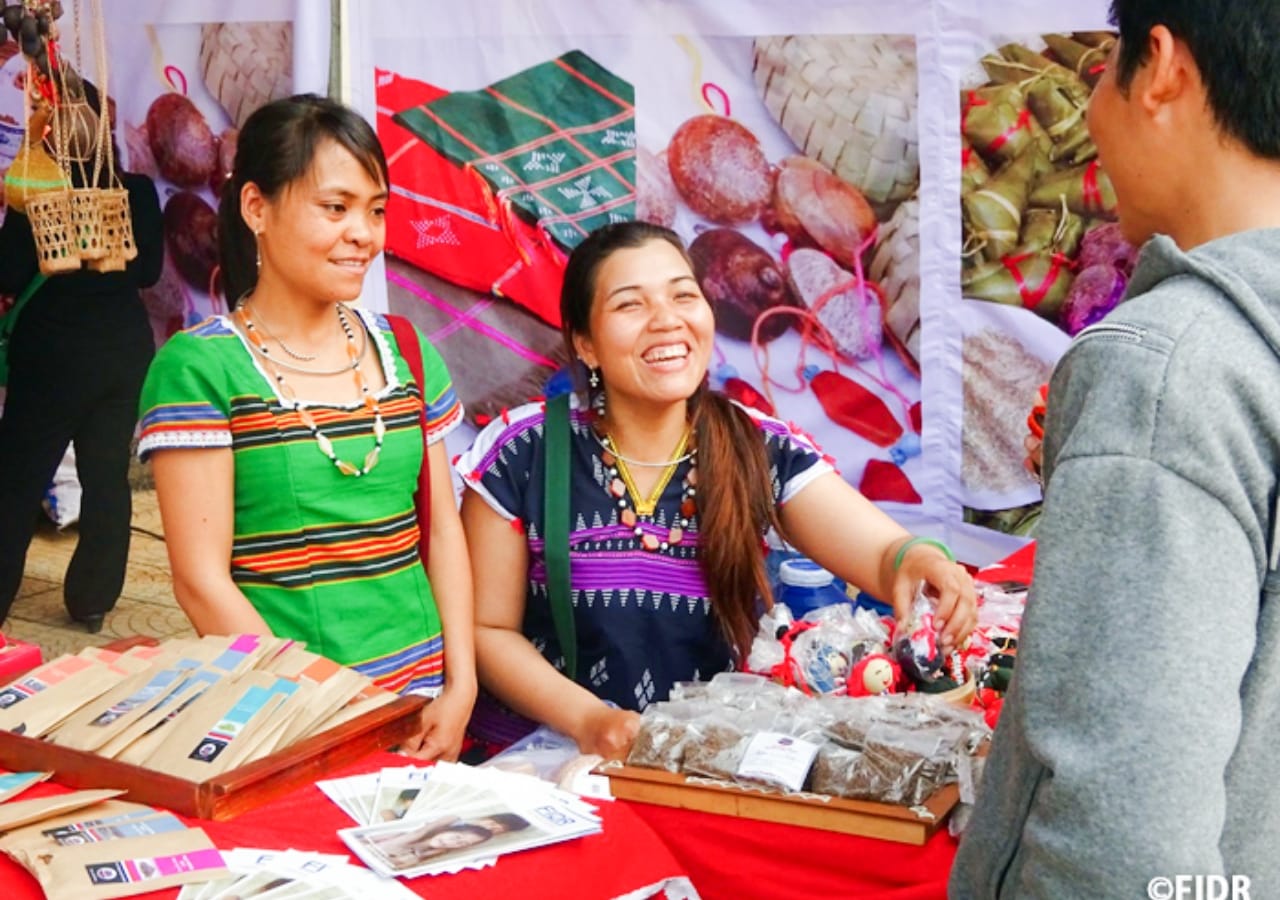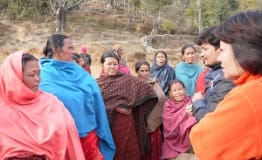PROBLEM
There Are Individuals And Communities That Are Unable To escape Their Economically And Socially Vulnerable Position.
In recent years, developing countries in Asia and Latin America have experienced economic growth, with some even breaking out of the developing country category. However, amid this overall economic growth, the disparity between rich and poor within the country is widening in many countries. The rich and urban middle class are becoming even richer, while the living standards of the poor remain almost the same or worsen.
Those most vulnerable to these disparities include rural residents, women, ethnic minorities, and the discriminated class. Poor women, in particular, often find themselves in socially oppressed positions, making it difficult for them to achieve independence. This is largely due to the fact that while prioritizing national economic growth as a policy, laws and measures to protect the socially vulnerable populations tend to be delayed.
40-70% of workers engaged
in primary industries with low value-added
Labor Force and GDP Composition
by Industrial Structure
Primary industries (agriculture, etc.)
Secondary industries (manufacturing, etc.)
Tertiary industries (service industry, etc.)

Source: JILAF (2017)
In Vietnam, Cambodia, and Nepal, the percentage of workers engaged in primary industries (agriculture, etc.) is high, ranging from 40% to 70%. However, the added value generated by primary industries is low, with primary industries accounting for only 17.0% of GDP in Vietnam, 25.0% in Cambodia, and 12.1% in Nepal.
The following factors explain why wealth disparity within the country has not diminished but has, in fact, worsened.
- Lack of opportunities for the poor people to acquire knowledge and skills.
- The poor people's desire for self-reliance is being suppressed.
- Lack of infrastructure to develop the local economy, such as roads communication networks.
- Lack of laws and measures in place to protect and support the vulnerable populations.
It is important to provide job training and develop new local industries so that the socially vulnerable people can acquire skills to engage in secondary and tertiary industries such as manufacturing and service industries, which offer higher added value.
FIDR's Initiatives
Vietnam's economy continues to grow, but the most remarkable changes are mainly in the coastal areas. Mountainous areas where many ethnic minorities live have been left behind in economic development and are facing widening disparities. Since nature and the traditional skills, culture, and values of ethnic minorities are still preserved in mountainous areas, FIDR supports the development of distinctive industries and supports the residents to develop their own society sustainably through their own efforts by protecting and utilizing these local resources.

Projects in Progress
-

Vietnam
Project for Establishing the Platform for Promoting Sustainable Rural Industries Using Local Resources of Ethnic Minority Communities in Mountainous area of Quang Nam Province
-

Vietnam
Support for Women and Children in Da Nang City
Past Projects
-

Vietnam
Catu Ethnic Minority Community Based Tourism Project
-

Vietnam
Project for Rural Development by Local Initiative of the Ethnic Minority Communities in Nam Giang District
Issues We Work on
- https://www.fidr.or.jp/english/issue/health.html

Health and Hygiene
- https://www.fidr.or.jp/english/issue/medical-care.html

Medical Care
- Nutrition(issue/nutrition.html)

Nutrition
- https://www.fidr.or.jp/english/issue/agriculture.html

Agriculture
- https://www.fidr.or.jp/english/issue/education.html

Education
- Industrial development in Southeast Asia and South Asia.(issue/industry.html)

Industrial Development
DONATION
Your generous donation now will have impacts
on children and communities in our fields.















